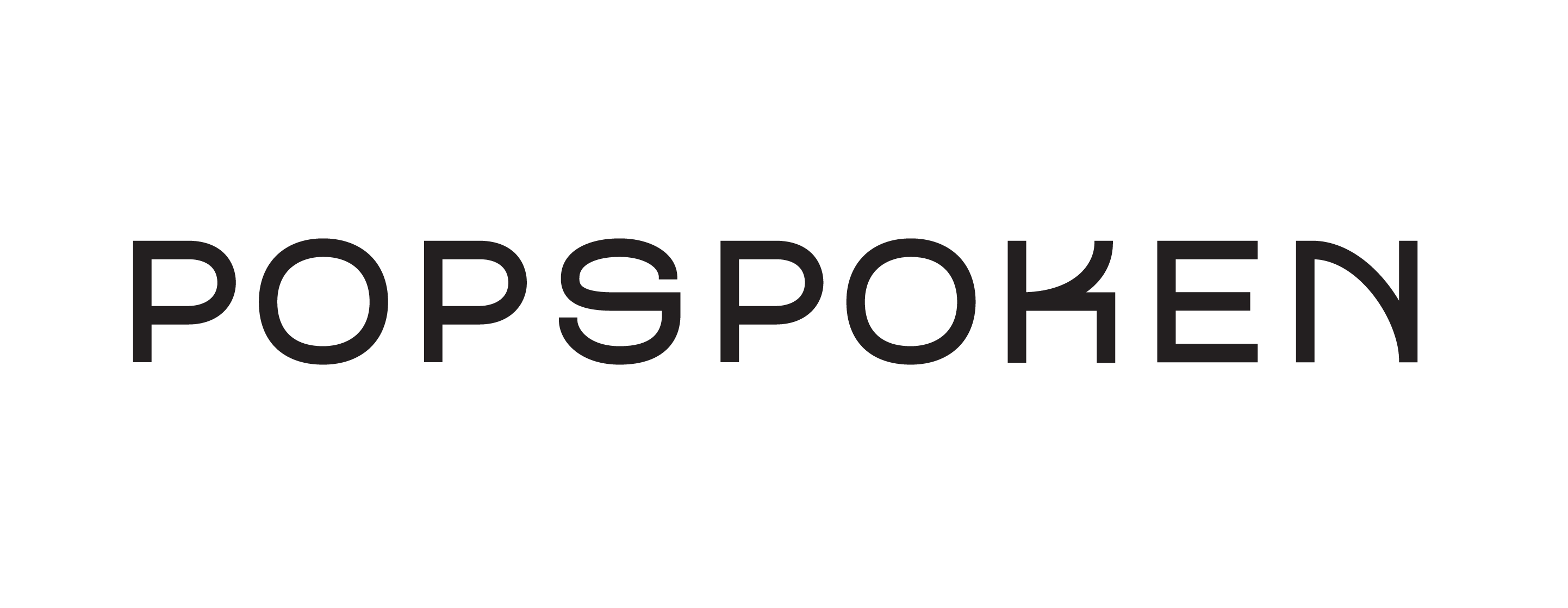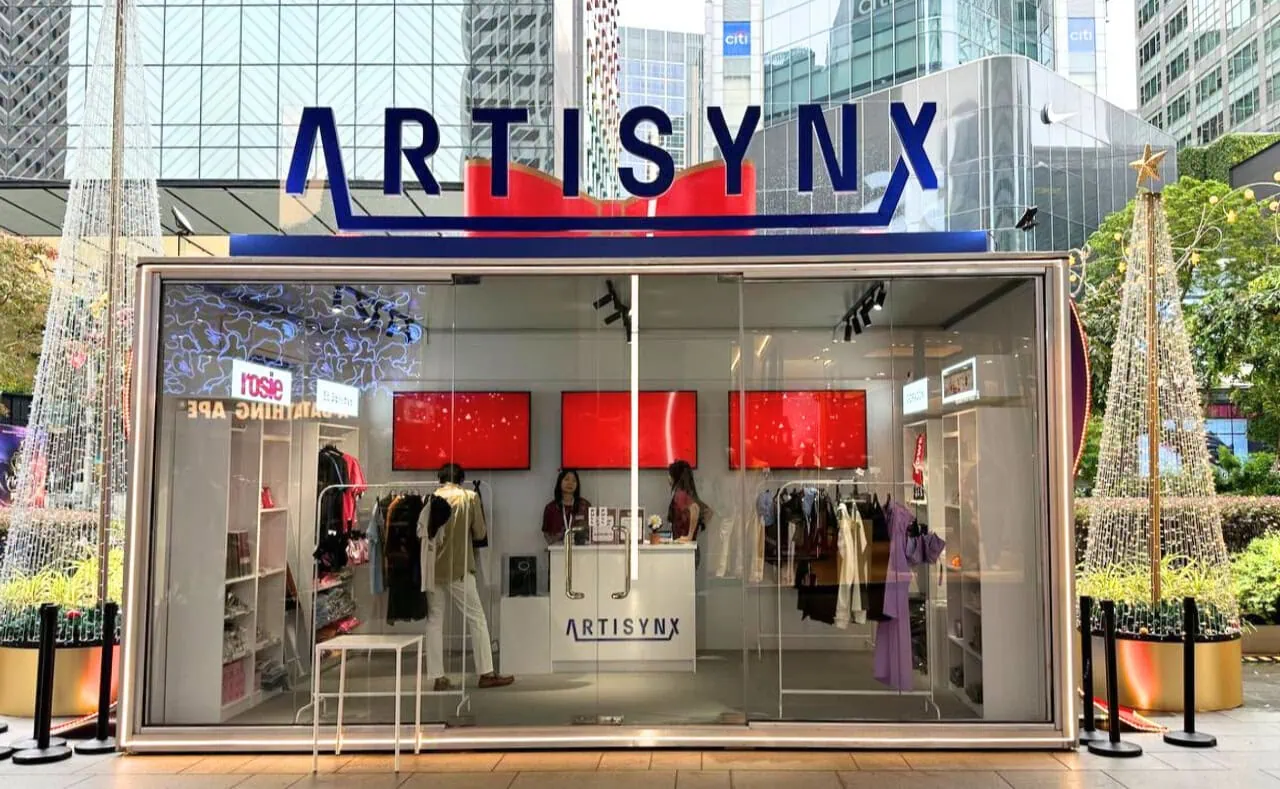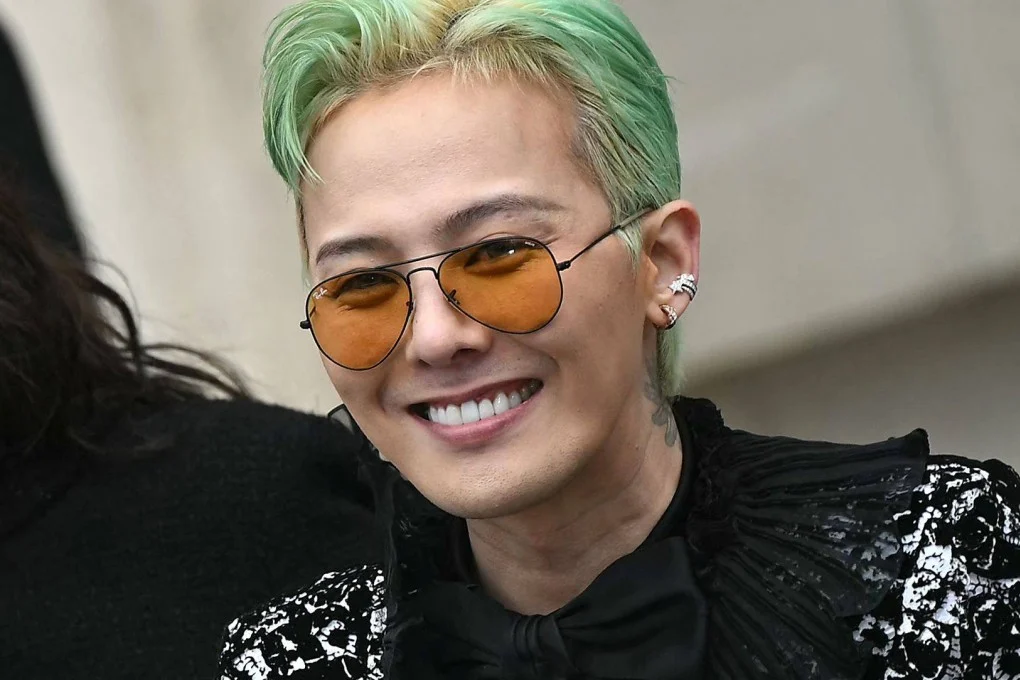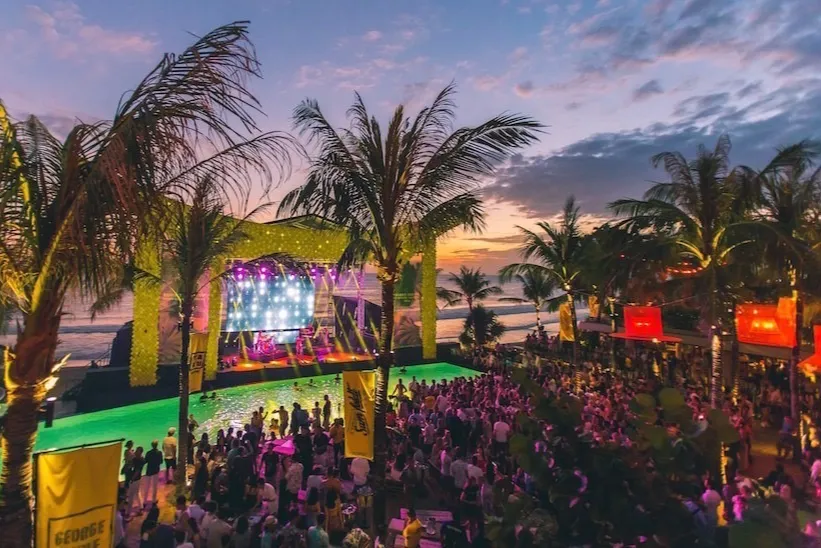So marks the end of a fashion week that went back to the luxury of clothing, stripped bare of the Asian musical acts of its predecessor (although Tim Hwang did turn up one night). Fide Fashion Week had a tough plate to tackle with topping last year’s feat of successfully creating the second couture fashion week recognised by the Chambre Syndicale de la Haute Couture and invited some returning faces like Christophe Josse and Alexis Mabille. New entrants like on aura tout vu and Maurizio Galante solidified the bigger pool of acceptance of the Singapore, Frank Cintamani-led initiative amongst the French couture community.
However, what we spotted over the course of the year was possibly the defining moment that led to a different direction this year. The logo separation of Women’s Fashion Week from Haute Couture Week added the much-needed ready-to-wear component that completed the cycle of Fide-staged shows. Marina Bay Sands stepped in by curating some of their top brands into showcases, although a severe lack of debut shows by Singapore or overseas labels was missing. It is still early times for the WFW offshoot but there is hope for more originality, according to a fashion blogger Popspoken to. Labels such as those stocked by The Society of Black Sheep could shape WFW as more of a debut fashion week as opposed to a stockist showcase per se.
Another key change was the inclusion of special nights that catered to profiling the couture of the East. Asian couture was given the spotlight with two nights of eastward vision kicking off the couture festivities. Luminaries like China couturier Guo Pei (who showed her 2012 collection as well during Digital Fashion Week Singapore a few months back) and Japanese couturier Yumi Katsura blew the crowd with intricate pieces made out of fine materials and detailed dressmaking.
Hong Kong couturier Barney Cheng added oriental cuts to his new Hollywood, floor-grazing gowns. Singapore couturier Thomas Wee provided a great introspection into the East-West merge a day before French Couture Week started with his Ninja-like ‘Austere’ collection that married bold colour palettes with traditional silhouettes. Think flared pants and cinched bow-tied blazers in varying shades of the same colour.

This move towards the East was fleshed out further by the appointment of style celebrity Jeannie Mai as the social media curator for Fide Fashion Week. Together with LA-based company Jones Social PR, Jeannie was quick to appreciate the intricacies of Asian fashion in her videos and Instagram pictures. In one video, she even highlighted the origins of the peplum to that of Mongolian culture. The Asian spillover was evident in the French designs during the three-day French couture section. on aura tout vu’s oriental motifs (the final model was Asian) and Maurizio Galante’s kimono-like jacket cuts seemed like respectable nods to the rise of Asia. Pagoda shoulders and neck braces were recurring themes in many a design.
Even Christophe Josse referenced his signature minimalistic clothes to the works of Japanese architect Tadao Ando. All this bodes well for an art and a continent that share one ideal: to continually strive to be a hub of differentials, harmonious and symbiotic. In Fide’s publishing masthead, the relevancy of couture’s future direction is given close attention. This went unreported in most media: NOWFASHION.com editor-in-chief Jessica Michault also recently took up editorial leadership of Designare Couture’s Paris desk as the magazine started its Paris bureaux.
Jessica and Suzy Menkes — once partners-in-crime at the International Herald Tribune — had an uncanny reunion of sorts while hosting the Haute Couture Symposium on the opening day of French Couture Week, where the relevancy of couture was questioned. Fide Fashion Week chairman Frank Cintamani echoed sentiments made by panellists made up of couturiers that the art of couture must return to quell the spectacle created. “There is danger in bringing this to Asia that it becomes another spectacle,” Frank said at the symposium.
A spectacle it was, but for all the right reasons. Guo Pei and Yiqing Yin’s shows placed the matter of spectacle in perspective: front and centre was the outfit and its visible references, leaving behind the pompadour largely served by other labels. The presentation was tasteful, if somewhat conservative, in ways only Asian designers know how — a sense that something was reined in, to respect the showpiece. It was not in any draconian or traditional. It was just Asian.
Already, expectations for an eastward vision were tested when, in the midst of fashion week mayhem, Alexander Wang was rumoured by market sources to take over Balenciaga, where Nicolas Ghesquiere once was. Many were iffy about his involvement and price points but for those who did rally around Wang, they chose to focus on his accessibility and infusion into Balenciaga’s oft-elitist view. Some on the ground also chose to see how Paris and Milan were finally accepting Asian talent as one of their own. In the final on aura tout vu walk, the front row was filled with the likes of Georgia Lee and Emily Hwang sitting side-by-side with Parisian couturiers, Asian couturiers, top international and Asian editors — but the spirit of togetherness was very much in the air judging by raucous applause heard show after show.
Fide has gone quite the distance in diversifying the fashion week landscape dominated by Asia Fashion Exchange and Mercury Marketing & Communications. Now, with STORM PR’s Digital Fashion Week coming into the fray and the successful run of the Grey Goose Guild in doing runway debuts, it will take more effort than ever before to make each fashion week stand out for their own merits. Fide’s infusion of East-West has been pronounced and varied in each week but as long as the key theme of collaboration and togetherness remains, the company has everything in its power to truly bring haute couture to the East.







